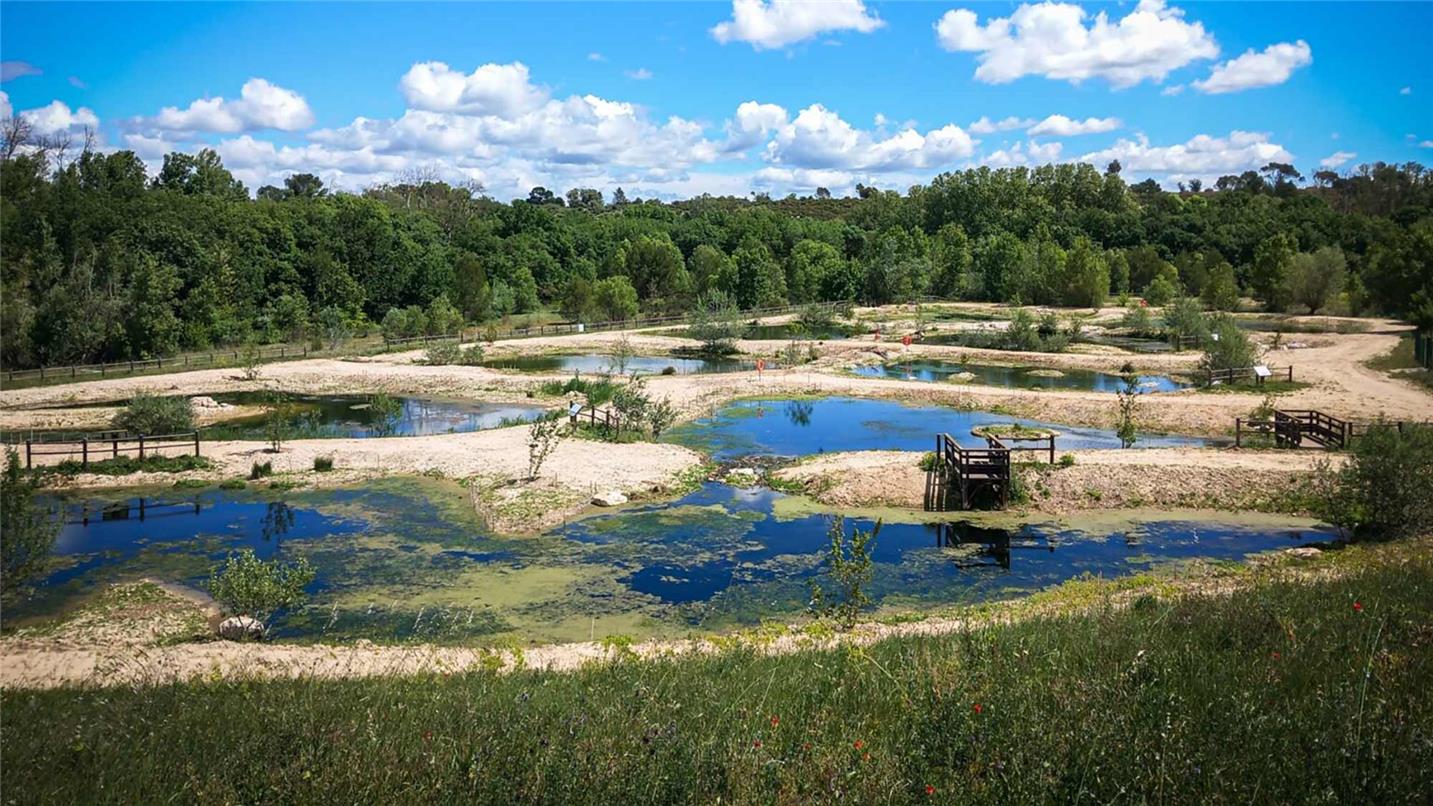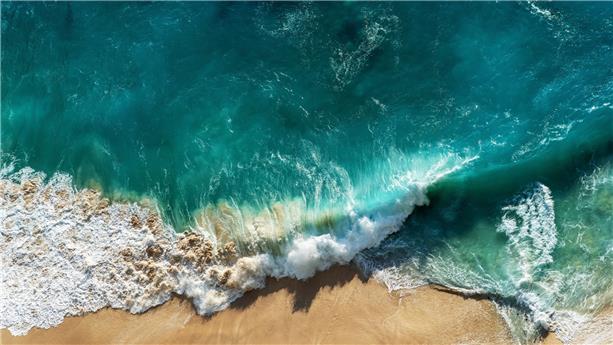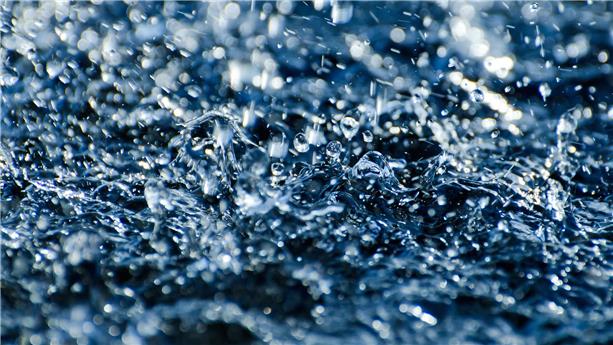
- Nature-based, tailor-made solution that complements traditional wastewater treatment systems
- Improvement of the quality of treated wastewater through better removal of micropollutants
- Regeneration of natural environments through the creation of wetland habitats
Form is loading.
If the form does not load after a few seconds, please reload the page (CTRL + F5 or (or Cmd + Shift + R on Mac).
What is a Dragonfly® Zone?
Inspired by the functioning of natural wetlands and their actions on water (hydraulic regulation, mechanical filtration, biodiversity, sedimentation, etc.), the Dragonfly® Wetland is a vegetated discharge zone made up of a series of compartments (basins) located at the outlet of a wastewater treatment plant, or a rainwater network, and in which water circulates. Each basin is home to local plants and microorganisms selected for their ability to absorb certain pollutants. The diversity of wetlands, with variations in depth and flow velocity, makes it possible to optimise treatment, thus significantly improving the chemical and bacteriological quality of the water. These areas also provide habitat for fauna and flora dependent on the wetlands.
Based on the self-purifying capacity of wetland and aquatic ecosystems, the Dragonfly® Wetland plays an essential role in the fight against micropollutants and their diffusion in receiving environments.
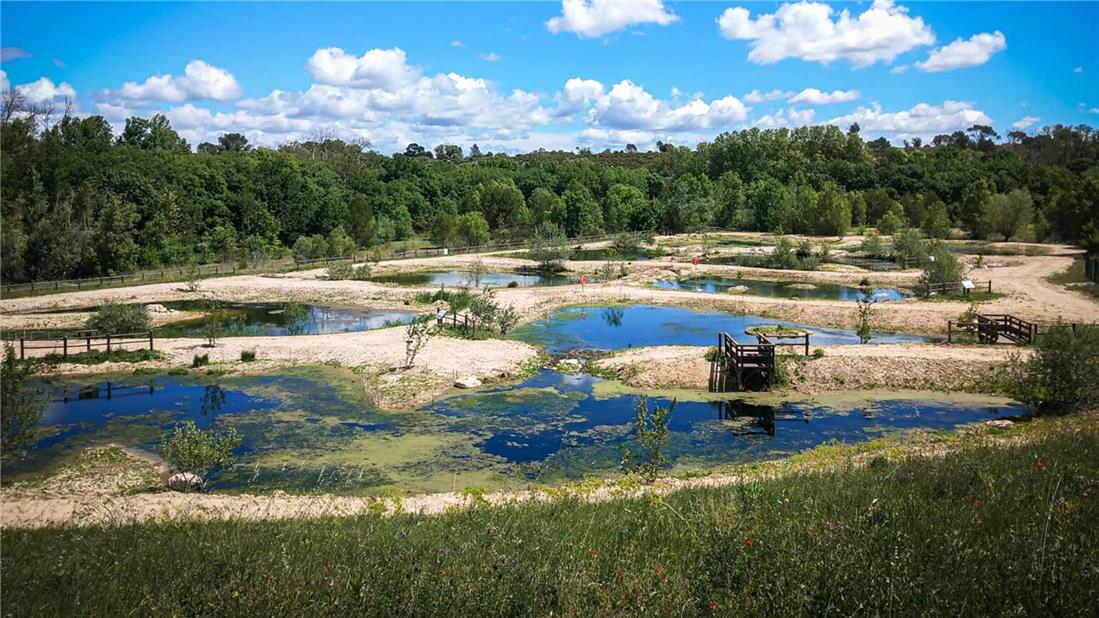
A vegetated discharge zone meeting several challenges
Preserving aquatic environments
The Dragonfly® Wetland makes it possible to refine the quality of treated wastewater through a complementary treatment, phytoremediation (or "water purification by plants"), before it is returned to the natural environment. By reducing the impact of wastewater treatment plant discharges, it contributes to the preservation of aquatic environments.
One of the fundamental principles of this approach is to create a "buffer zone", which preserves the quality of the receiving aquatic environments. The results obtained in terms of purification are significant: retention of suspended solids, improvement of physicochemical parameters (temperature, oxygen, etc.), reduction of pathogenic bacteria and reduction of micropollutants.
Promoting biodiversity
Adapting to the consequences of climate change
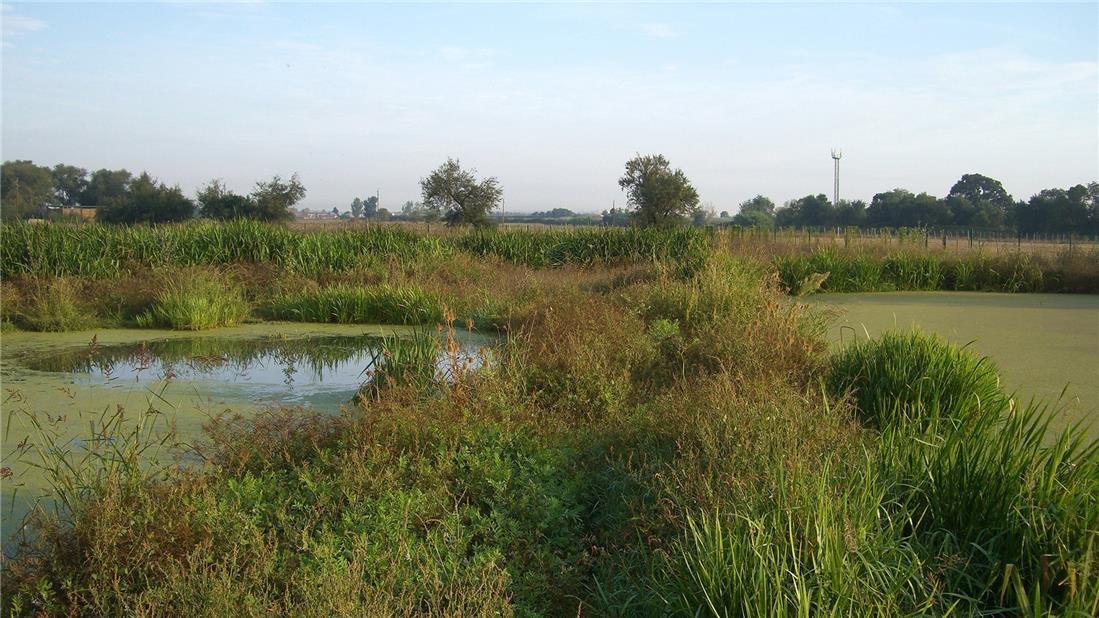
Dragonfly® Wetland: a solution that adapts to your installation
The Dragonfly® Wetland is an adaptable solution, depending on your context and your local environment. It is custom-designed and can be deployed on sites and facilities of different sizes. The development of the
the Dragonfly® Wetland or Vegetated Discharge Zone takes place in several stages.
Pre-study
Road repairs
Operation and monitoring
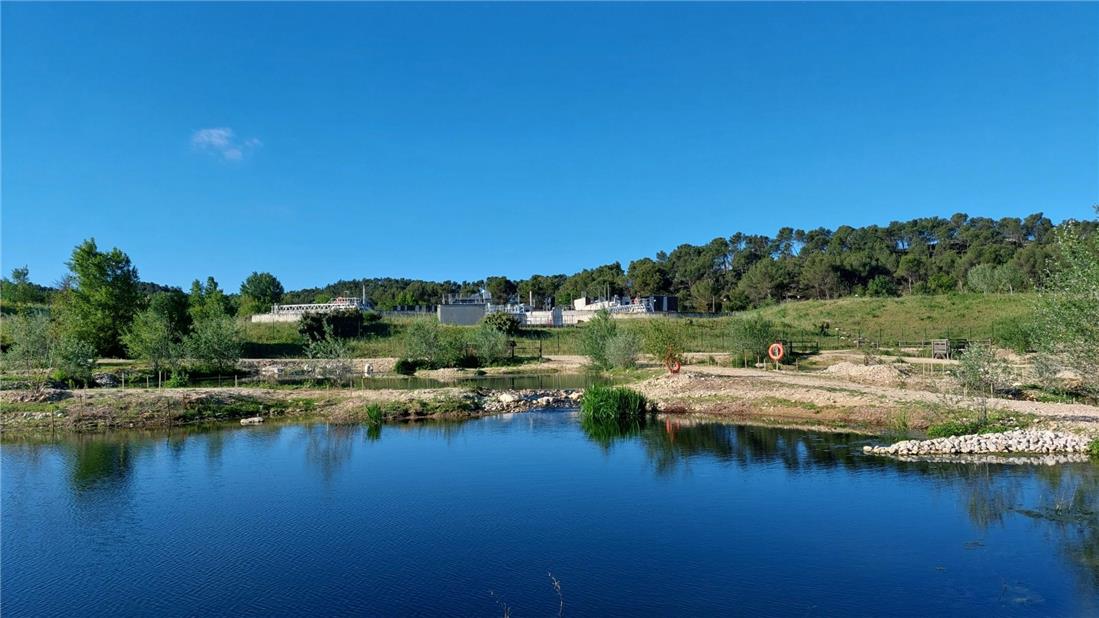
They trust us
The Dragonfly® Wetland of the Shanghai Chemical Industrial Park (SCIP)
SCIP is China's first specialised chemical park.
In 2017, we won the contract to restore the park's Vegetated Discharge Zone (ZRV), thanks to the lessons learned from our ZHART (ARTificial Wetlands) research project piloted between 2012 and 2016 by our main centre of research and excellence, the CIRSEE. The restoration project covers an area of more than 50 hectares, including 16 ha for Phase I (completed in 2024) and 36 ha for Phase II.
We have adapted our Dragonfly® Wetland solution to the tertiary treatment of industrial wastewater, a first in China. The wetland, populated by halo tolerant coastal plants, plays a role as a natural purifier to treat the saline water generated by the SCIP wastewater treatment plant. This is our largest wetland project.
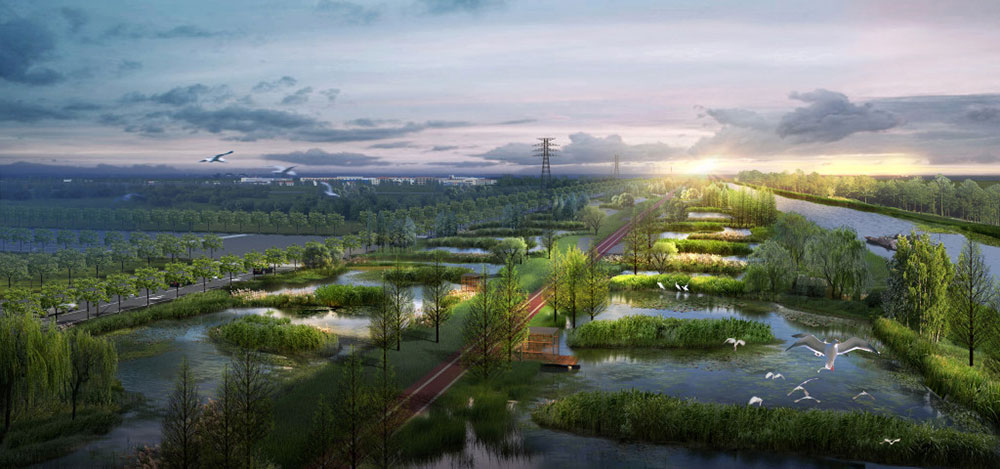
Frequently asked questions
To purify wastewater, phytoremediation relies on the action of macrophyte plants, and more specifically on the bacteria that proliferate at the level of their roots and rhizomes.
Plant sanitation involves three key elements, which work in symbiosis:
- Microorganisms, especially bacteria, are the main actors in the purification process. They break down and transform organic matter and pollutants.
- Purifying plants (aquatic or semiaquatic) absorb the nutrients resulting from this degradation. Their root system serves as a habitat for microorganisms and, in return, they release oxygen, thus promoting bacterial activity. This is why they are called "oxygenating plants".
- The substrate in which these plants grow also plays a key role in retaining certain pollutants.
The most common purifying plants are bamboo, reeds, cattails and sedges. The choice of species depends on several criteria: their purifying capacity, their resistance to pollution, the structure of their roots and foliage, their interaction with microorganisms in the rhizosphere, as well as their contribution to local biodiversity. It also takes into account rigorously selected species, which can serve as biological indicators and promote hydraulic flows, thus reducing the risk of clogging the substrate.
